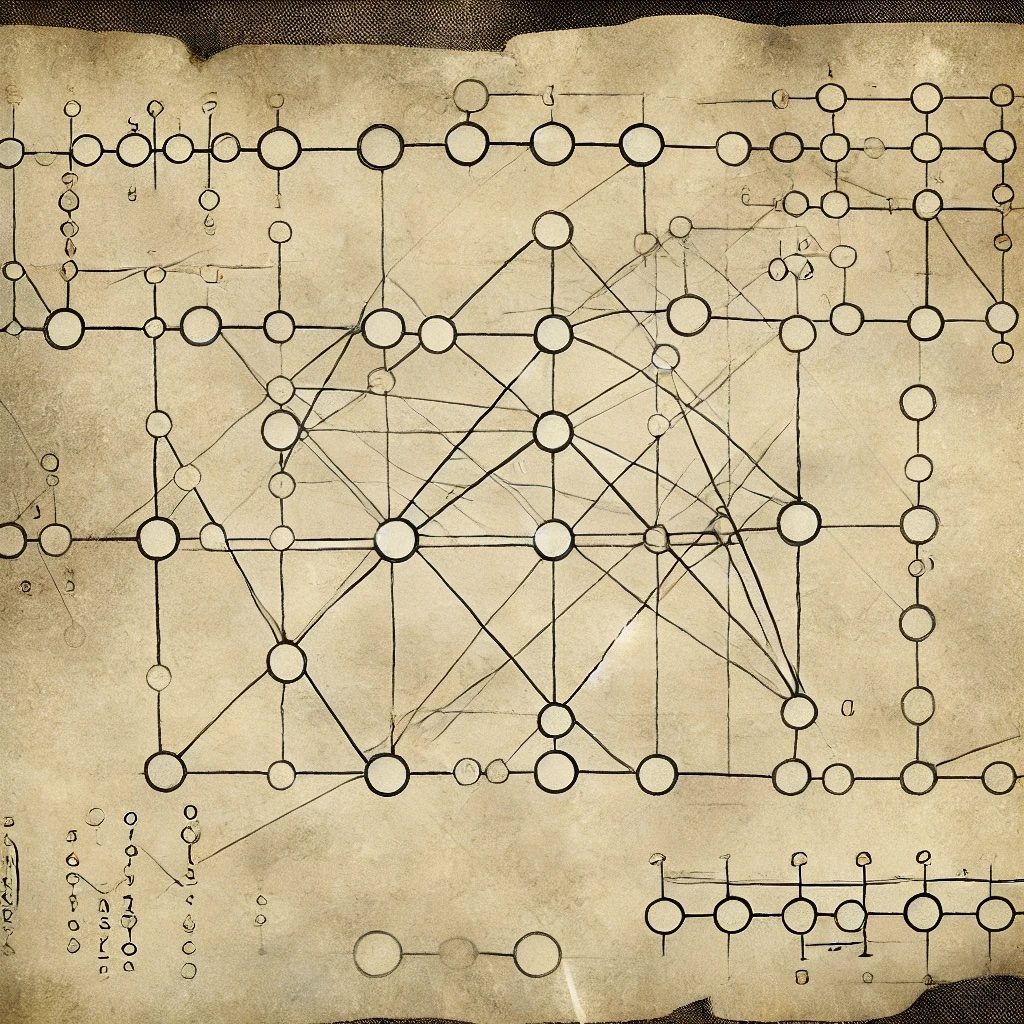In hypothesis testing, we are interested in quantifying evidence against the null so that we can decide when to reject it. Many statistical tools have been invented for this task, including p-values, e-values (and e-processes) and Bayes factors.
There is a longstanding debate about whether evidence against the null can be measured without respect to any particular alternative. The likelihood principle and the law of likelihood say no: evidence only makes sense if an alternative is defined. Arguably, this is also the view of Neyman and Pearson (see the Neyman-Pearson paradigm), though this is because they were interested in decision making instead of quantifying evidence.
As a philosophical aside, note that the word “evidence” is well-defined in hypothesis testing since statistical inference takes place in small-worlds (see small worlds vs large worlds and evidence is quantifiable in small-worlds).
